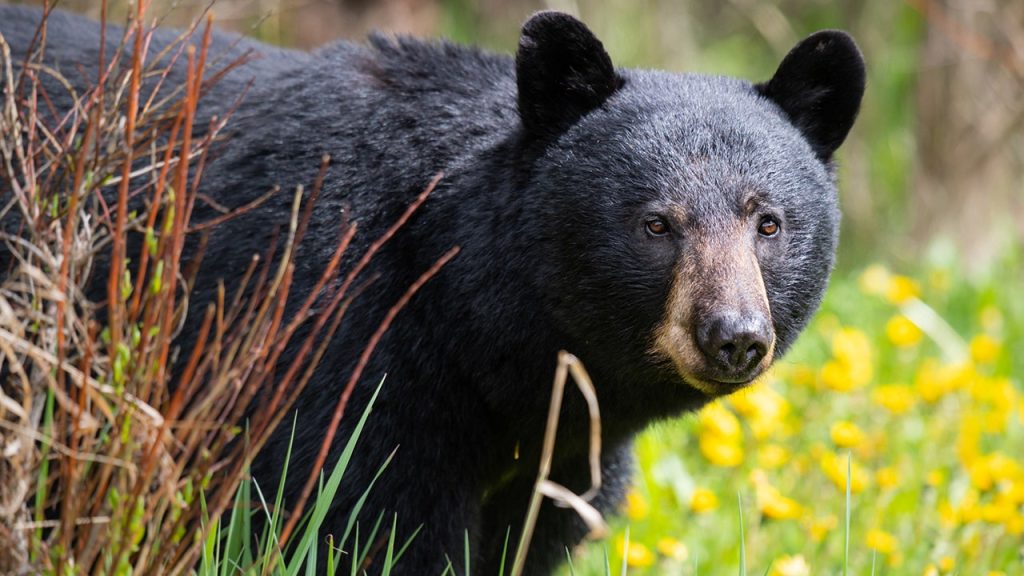The tragic incident in Lunenburg County, Virginia, underscores the inherent risks associated with hunting, particularly when pursuing large game like bears. The practice, deeply ingrained in the culture and history of many regions, provides sustenance and recreational opportunity but demands meticulous attention to safety protocols. While hunting accidents are statistically rare, the consequences can be devastating, as vividly illustrated by the death of Lester C. Harvey. The sequence of events, beginning with the bear being treed and culminating in its fatal fall onto Harvey, highlights the critical importance of situational awareness and careful planning during a hunt. The rapid response of Harvey’s hunting companion, who immediately administered first aid, and the subsequent efforts of medical professionals could not prevent the tragic outcome, leaving a void in the lives of his family and community.
This unfortunate event prompts a deeper reflection on hunting safety practices and the potential for unforeseen circumstances. Tracking and treeing a bear introduce a dynamic element to the hunt, requiring hunters to anticipate the animal’s behavior and potential escape routes. The decision to shoot the bear while it was still in the tree raises questions about the assessment of risk and whether alternative strategies, such as waiting for the bear to descend or employing non-lethal methods, could have been considered. The proximity of Harvey to the base of the tree, approximately ten feet, placed him in a vulnerable position should the bear fall, a tragic consequence that unfortunately materialized.
The incident also highlights the vital need for communication and coordination among hunting partners. A clear understanding of roles, responsibilities, and safety protocols before and during the hunt is paramount. This includes establishing clear lines of sight, designating safe zones, and ensuring that every member of the hunting party is aware of the location and actions of others. The emotional intensity of a hunt, particularly when pursuing large game, can sometimes cloud judgment, making pre-established safety procedures even more crucial. A thorough debriefing after the hunt, regardless of the outcome, can provide valuable insights for improving safety practices and preventing future accidents.
This tragic incident is not an isolated occurrence. Similar events, though thankfully less frequent, have been reported across the United States. In 2018, a hunter in Alaska suffered critical injuries when a bear, shot by his partner, tumbled down a slope, impacting the hunter and dislodging rocks that further compounded his injuries. This case exemplifies the potential dangers of hunting in mountainous terrain, where the unpredictable trajectory of a falling animal can create a cascading hazard. The following year, a North Carolina hunter was injured when a bear, shot from a tree, fell and attacked him before both tumbled down a cliff. This incident highlights the inherent risk of close proximity to a wounded animal, even one that appears incapacitated.
These incidents, along with the Virginia tragedy, collectively emphasize the need for continuous education and reinforcement of hunting safety principles. Hunter education courses play a vital role in equipping individuals with the knowledge and skills necessary to navigate the complexities of hunting ethically and safely. These courses typically cover a range of topics, including wildlife identification, hunting regulations, firearms handling, and ethical considerations. Regularly reviewing safety guidelines, even for experienced hunters, can serve as a valuable refresher and reinforce best practices. Staying abreast of any updates or changes to hunting regulations is also crucial for ensuring compliance and promoting safety.
Beyond formal training and regulations, a culture of safety within hunting communities is paramount. Mentorship programs, where experienced hunters guide novices, can foster safe practices and instill a sense of responsibility. Sharing personal experiences and lessons learned can be invaluable in preventing accidents. Openly discussing safety concerns and near-misses can create a learning environment that benefits all hunters. Ultimately, the responsibility for safe hunting practices rests with each individual. By prioritizing safety, hunters can protect themselves, their companions, and contribute to the preservation of this time-honored tradition.

